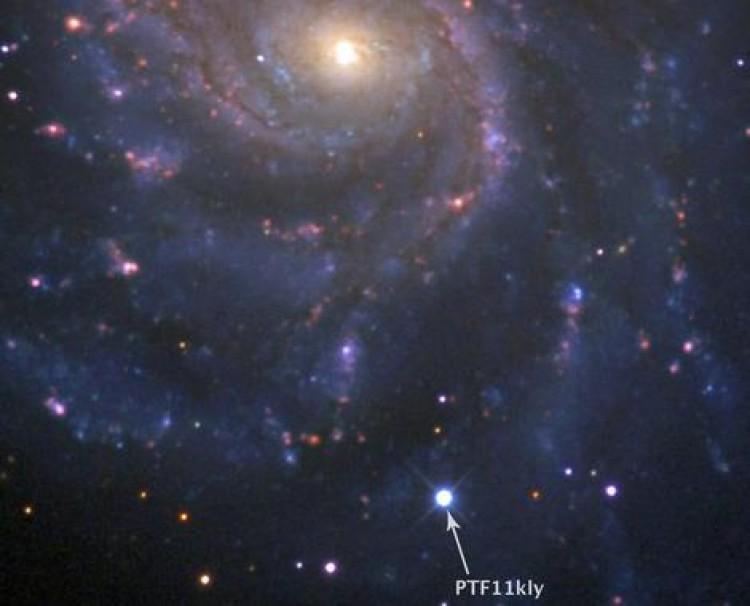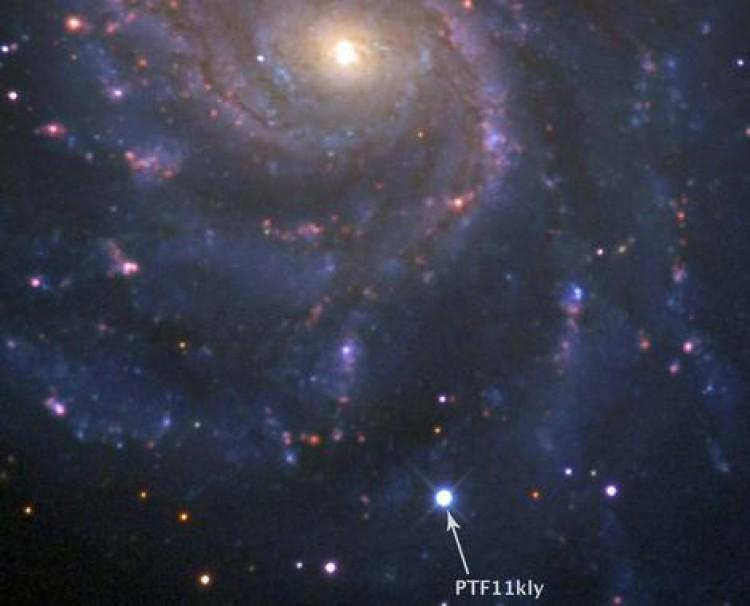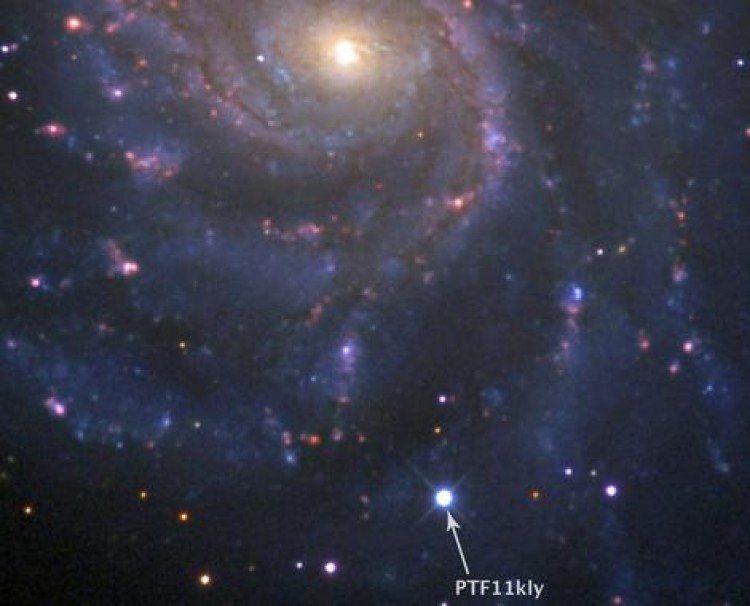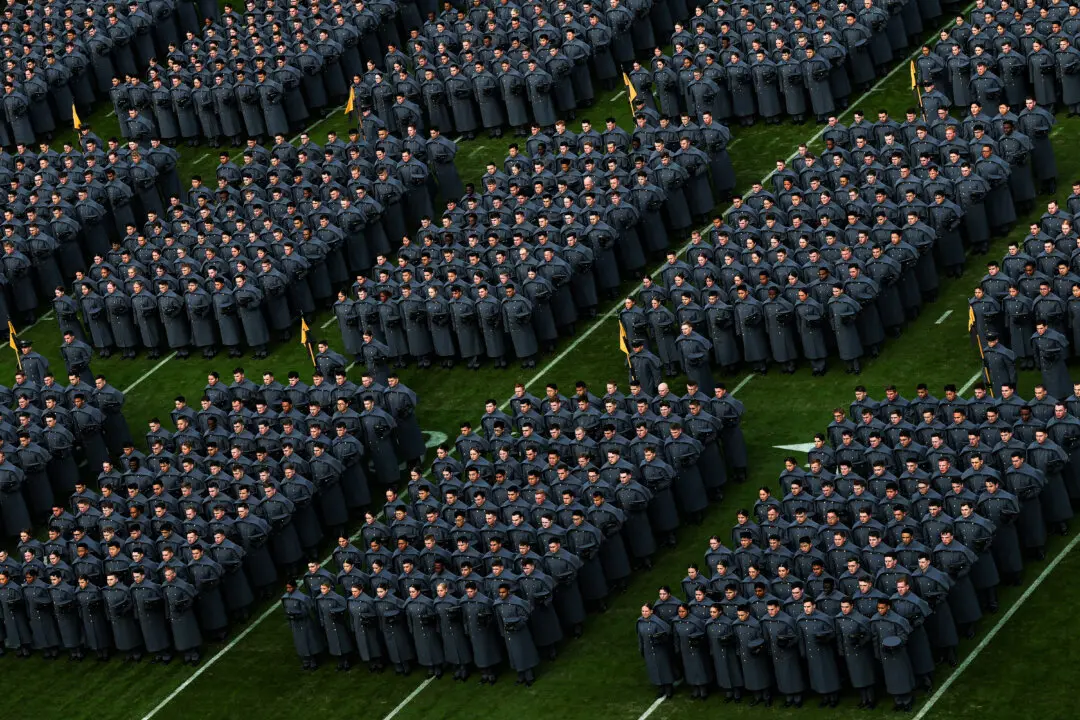A newly discovered stellar explosion is currently expected to be at its brightest phase and can be seen with a good pair of binoculars or a small telescope.
Named PTF 11kly, it was spotted about 21 million light-years away in the pinwheel galaxy, Messier 101, by scientists from Oxford University on Aug. 24 during the Palomar Transient Factory (PTF) sky survey. It is now being observed using the Hubble Space Telescope through mid-October.
PTF 11kly is a Type Ia supernova and the nearest of its kind to Earth for 40 years. These explosions occur due to detonation of a white dwarf, and are so bright that they can be used as standard candles to determine distances in the universe, and also to measure dark energy.
“The best view of this exploding star is likely to be this Wednesday or Thursday,” said research team leader Mark Sullivan of Oxford University in a press release. “Look for it just after evening twilight near the ‘handle’ of The Plough.”
Looking between Alkaid and Mizar, the first two stars in the handle of The Plough or Big Dipper, the pinwheel galaxy is located above their midpoint at the apex of an imaginary equilateral triangle. The supernova is a bright star at the edge of one of its spiral arms.
“Whilst it looks more or less like just another bright star, unlike its companions this supernova will soon fade away, and after a few days it will only be visible with larger telescopes,” Sullivan said.
“For many people it could be a once in a lifetime chance to see a supernova of this kind blossom and then fade before their eyes; we may not see another one like it for another forty, or perhaps over a hundred, years!”







